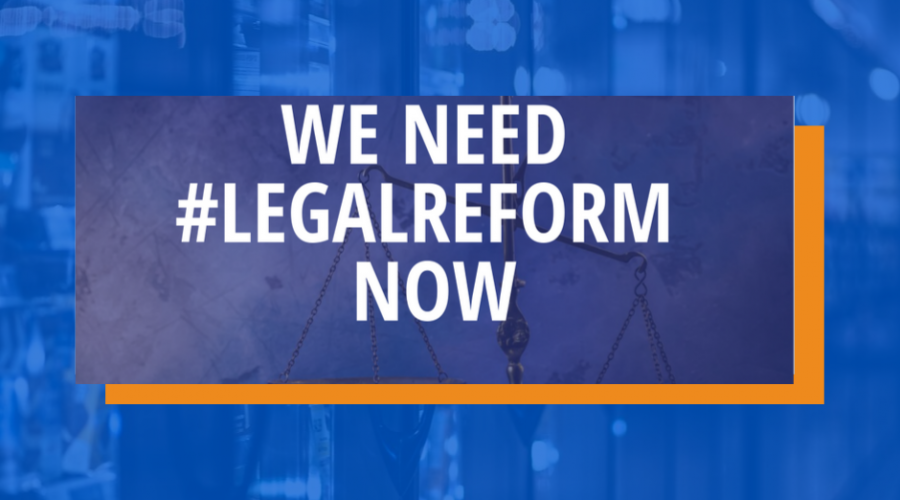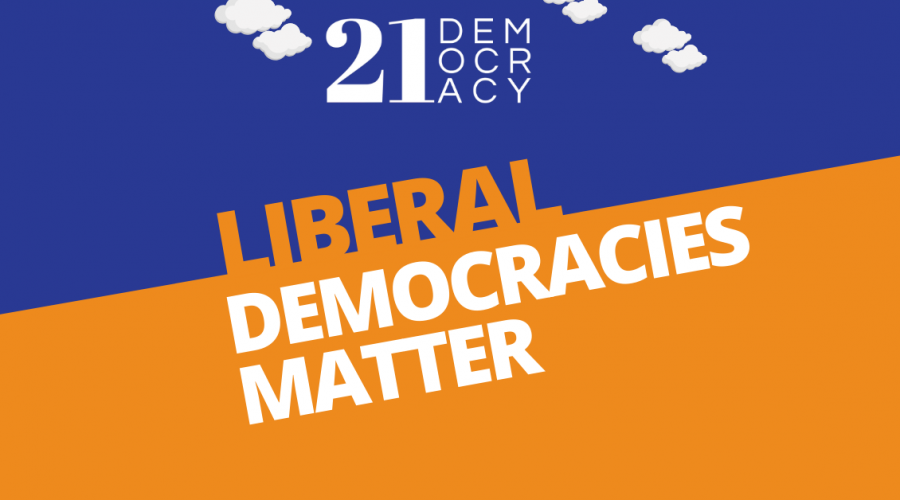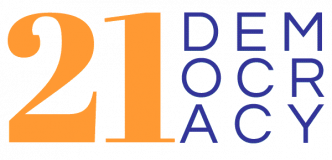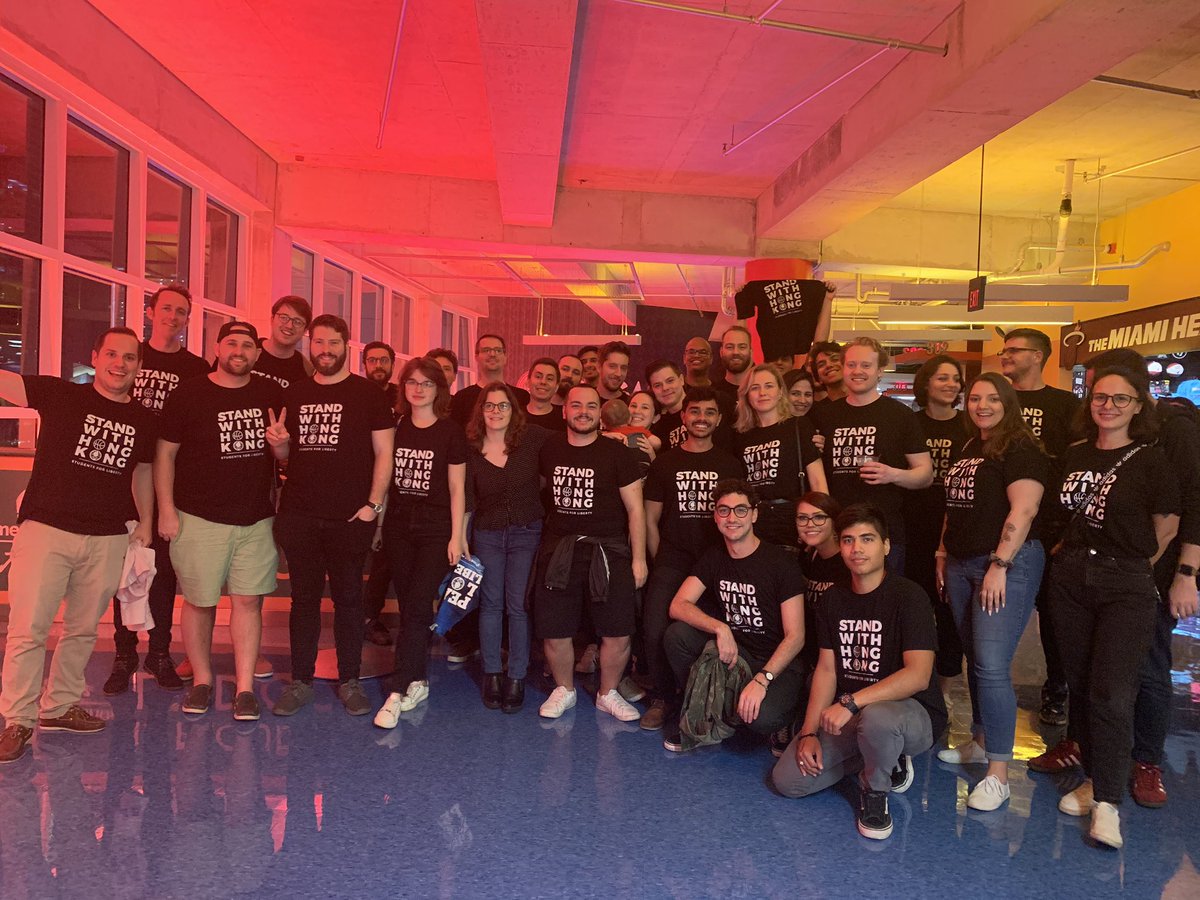Tort lawyer tries to extort $200 million, gets burned
We’ve written before that there is a significant problem with bogus lawsuits and unscrupulous tort lawyers in our country. That’s why we launched time4legalreform.org, to track many of these cases.
Often, large tort legal firms will put advertising to rack up plaintiffs for class-action lawsuits against companies who’ve been accused of some wrongdoing, either rightly or wrongly.
Sometimes, there is collusion between plaintiffs’ attorneys and scientific authorities who conjure up “expert” testimony to use in court. We covered that in our video on IARC, the International Agency for Research on Cancer.
This week, a startling arrest has once again proven that we need legal reform in this country.
In an action filed on Monday, a Virginia-based attorney is accused of trying to extort a global chemical company out of $200 million, claiming he’ll tarnish their reputation, cause a “40% stock loss” and start a monumental “public relations nightmare”.
It is alleged that attorney Timothy Litzenburg “approached a global company in October and threatened to make public statements claiming that it had significant civil liability for manufacturing a supposedly dangerous chemical used in Monsanto’s Roundup weedkiller,” according to Law360.
He was arrested by authorities for attempted extortion and interstate threats, presumably against Bayer (Monsanto’s parent company), who he is pursuing in many court actions. His firm represented the plaintiff who won a $289 million verdict against Monsanto in August 2018, a verdict that was later reduced to $78 million.
This case is similar to that of Michael Avenatti, the one-time Trump foe who was arrested and charged for attempting to extort Nike out of over $20 million. He has since been charged with fraud as well, accused of embezzling even more millions from his clients.
Glyphosate, the chemical compound in Roundup, has repeatedly been proven in hundreds of studies to not be carcinogenic, including the FDA. But that hasn’t stopped lawyers from weaponizing to the court system to overturn science.
Litzenburg is, of course, innocent until proven guilty, but if the allegations are true, it’s just another case that proves our legal system is being used and abused. That’s why we need #legalreform now.
We can’t afford to continue to allow bogus lawsuits and unscrupulous lawyers to completely change public policy and public opinions on science.







